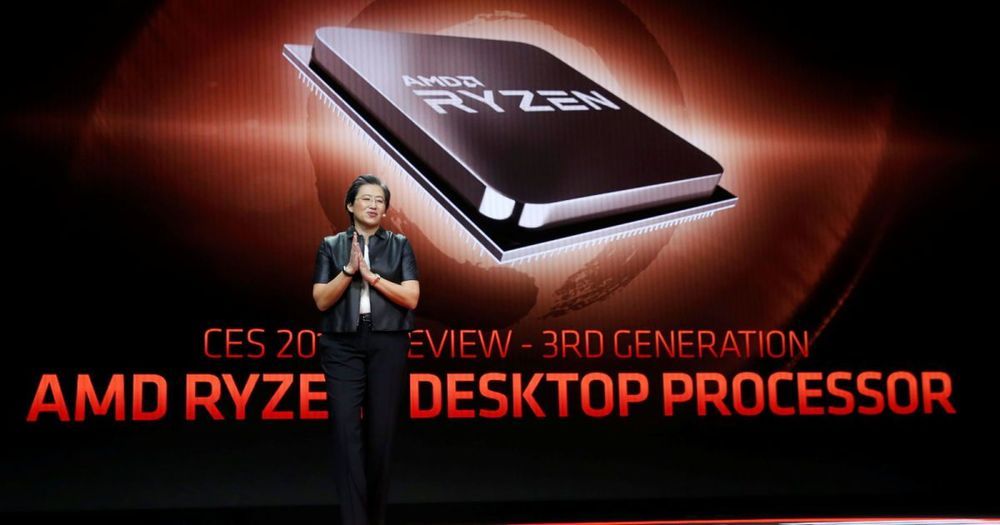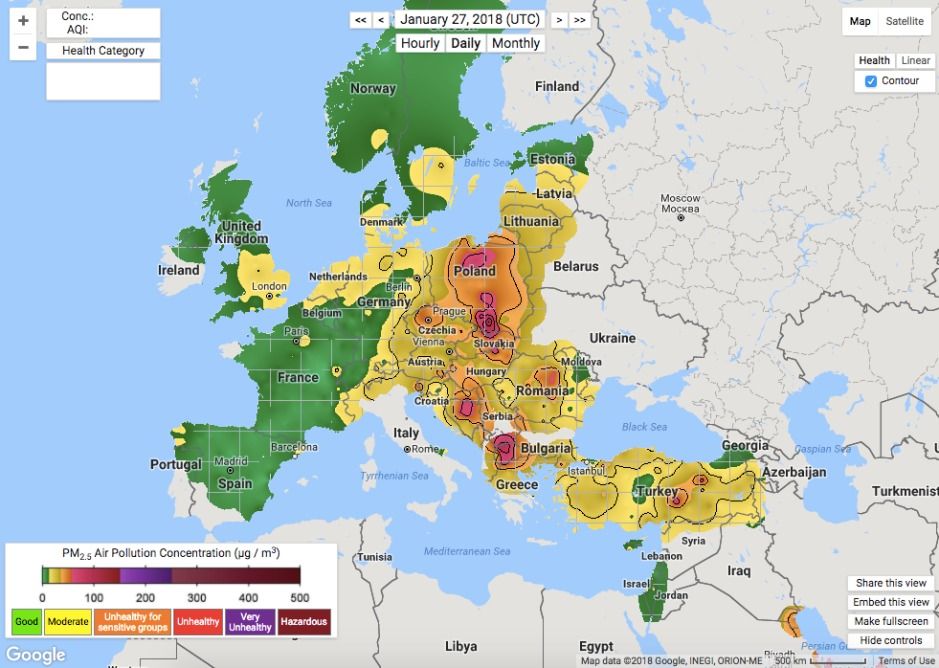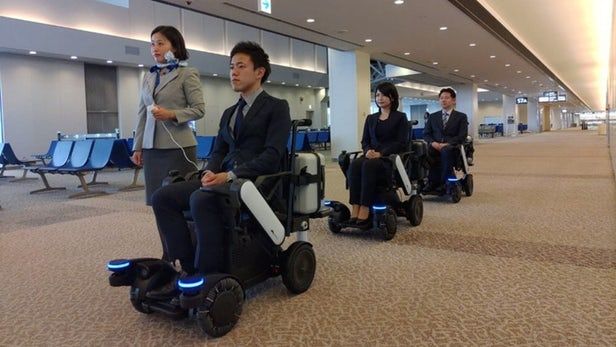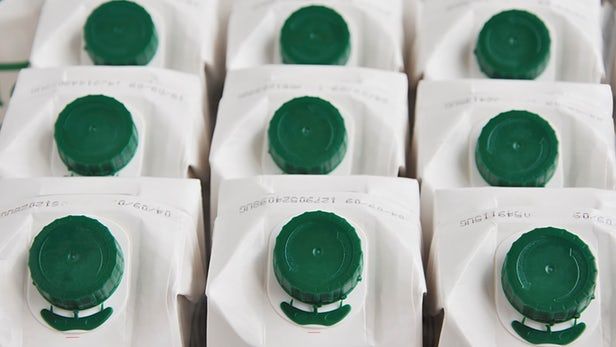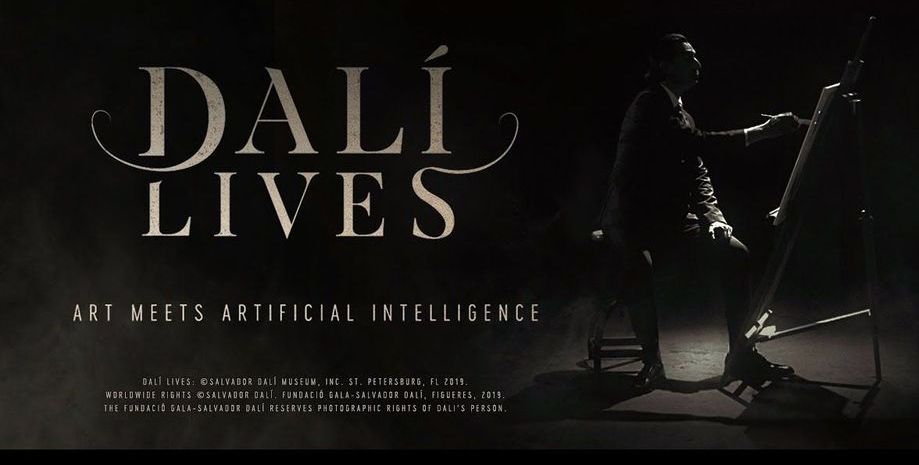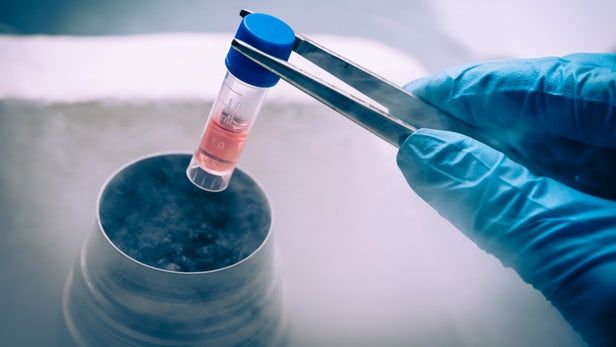May 20, 2019
Captain Marvel’s Suit Was Entirely CGI in AVENGERS: ENDGAME
Posted by Quinn Sena in category: entertainment
As you saw in Avengers: Endgame, Captain Marvel not only sported a new haircut, she was also sporting a new suit. It wasn’t always like that, though. Since Endgame was shot before Captain Marvel, the suit she originally wore while shooting the film, was the same suit that she wore in the solo Captain Marvel movie.
After her scenes were shot, the creative team decided that they needed to give her suit a different look since so much time had passed since the 90s. Weta Digital’s Matt Aitken, who was a VFX supervisor on Endgame, explained when they changed up the suit design it was all done digitally, so the final suit design that was shown on screen was 100% CGI.
Aitken talked to CB about the new suit design, explaining:
Continue reading “Captain Marvel’s Suit Was Entirely CGI in AVENGERS: ENDGAME” »

